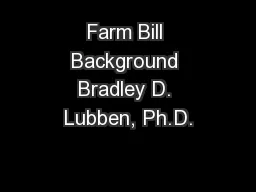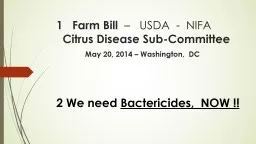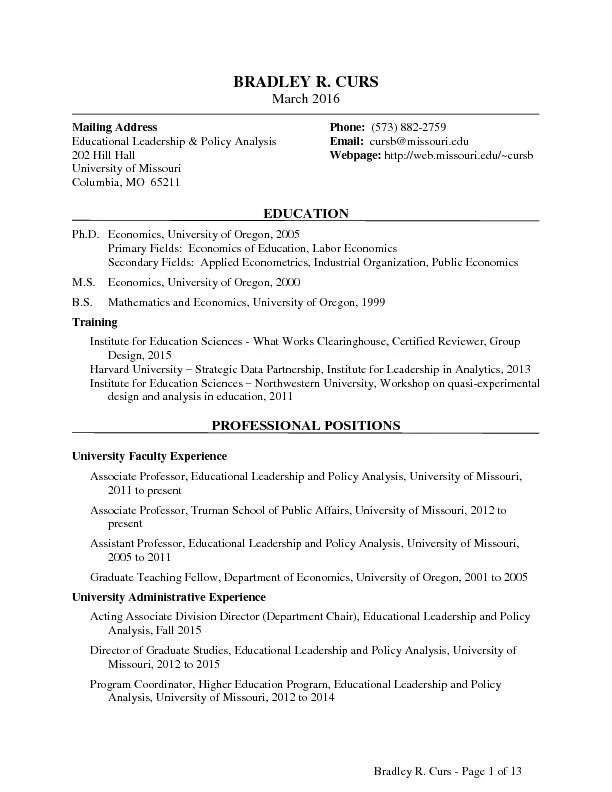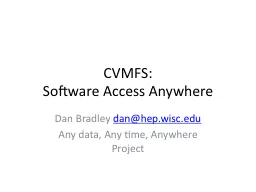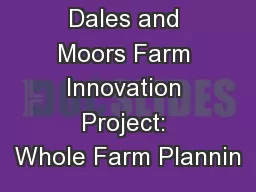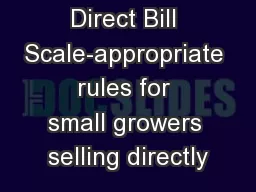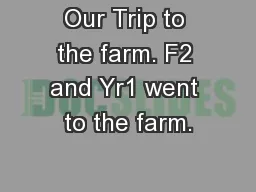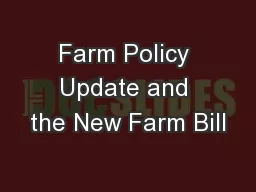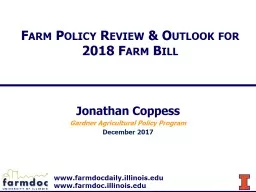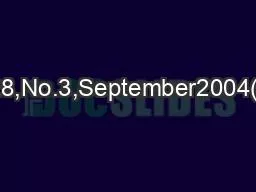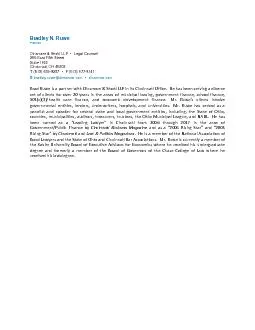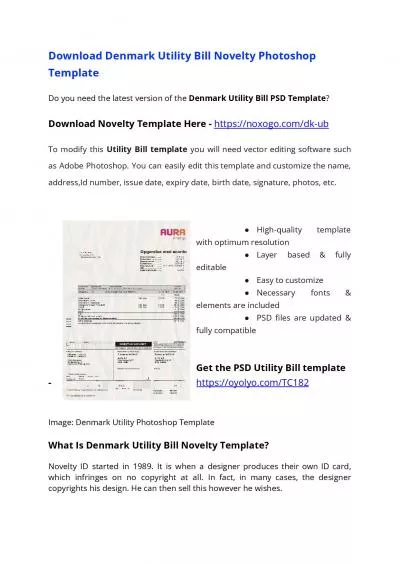PPT-Farm Bill Background Bradley D. Lubben, Ph.D.
Author : celsa-spraggs | Published Date : 2018-10-29
Extension Assistant Professor Policy Specialist and Director North Central Risk Management Education Center November 10 2014 Web information ageconunledu agpolicy
Presentation Embed Code
Download Presentation
Download Presentation The PPT/PDF document "Farm Bill Background Bradley D. Lubben, ..." is the property of its rightful owner. Permission is granted to download and print the materials on this website for personal, non-commercial use only, and to display it on your personal computer provided you do not modify the materials and that you retain all copyright notices contained in the materials. By downloading content from our website, you accept the terms of this agreement.
Farm Bill Background Bradley D. Lubben, Ph.D.: Transcript
Download Rules Of Document
"Farm Bill Background Bradley D. Lubben, Ph.D."The content belongs to its owner. You may download and print it for personal use, without modification, and keep all copyright notices. By downloading, you agree to these terms.
Related Documents

